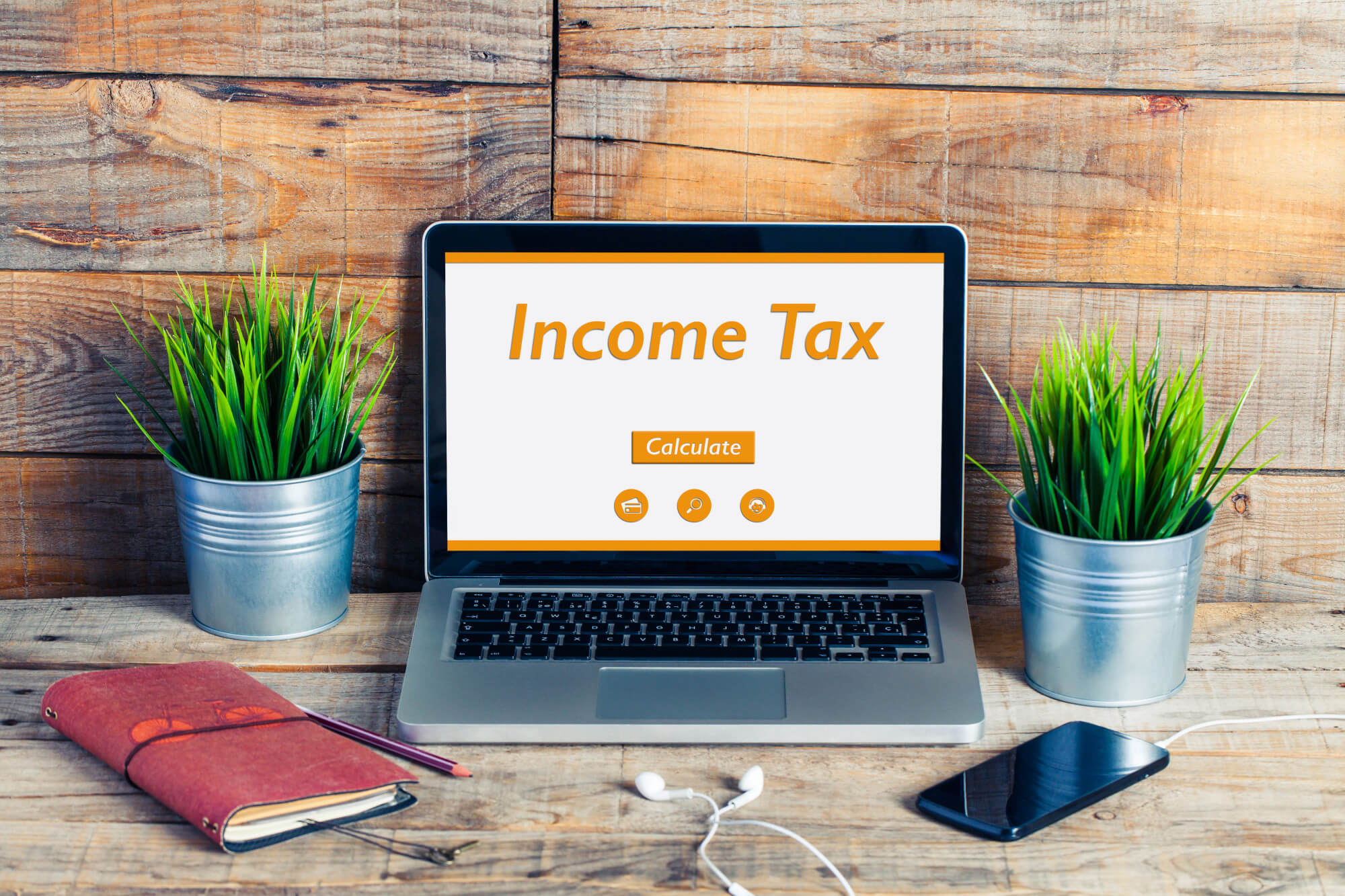There are less than 4,000 publicly traded companies in the US today, down from the 1997 high of more than 7,000. Such a limited pool doesn’t make it any easier to pick stocks these days, though.
In fact, one of the first questions new investors ask is about how to choose stocks. The stock market is a big gamble, and if you choose right, you can win big time.
In this guide, we’ll go over the steps you should follow to pick a good stock. You may not be the next Wolf of Wall Street, but selecting the right stocks will put you on firm financial footing.
Assess Your Goals:

It’s easy to ask how to find good stocks. The problem is that “good” is relative to what you want from investing.
The very first thing you need to do is to take a look at your own goals. Why are you investing? What do you hope to get out of buying stocks?
Answering this question will provide the underlying “investment theory” for your stock-picking strategy. If you want to maximize your returns and get out of the market, you’ll need one strategy. If you plan to be in it for the long haul, you’ll likely use a different strategy.
Start with Index Funds:
Index funds, like mutual funds or exchange-traded funds (ETFs), are a great place to start. First, they make good beginner investments. You can buy into one of these funds to gain exposure to the market.
With mutual funds or ETFs, you don’t need to buy every individual stock in the fund. They also have low management fees.
For those of you wondering how to pick a stock, they’re also a great place to start your research. These funds contain most of the large companies in a given industry. They also collect information on the performance of their holdings.
You can then narrow down the list to the individual stocks you’re interested in. The index fund can tell you that industry is on the rise. It can also tell you which companies are outperforming others in the same industry.
Evaluating Financial Health:
After you’ve picked some individual companies, you’ll want to evaluate their financial health. The next question you should ask is what to look for when buying stock.
Information about performance and profits is easy enough to come by. You’ll also want to look at more intangible factors, such as the company’s staff. What makes them unique?
A good way to collect some of this information is to look at investor presentations. They often share details that will help you learn how to pick good stocks.
Another thing you can do is check forecasts. For example, you can look at the Valeant stock forecast to see how a certain company is recovering from a major scandal.
No Magic Formula for How to Choose Stocks:
Keep in mind that there’s a human factor involved in the stock market. You can do careful research and invest in what you think is the best stock. Key personnel could then leave the company, and the stock underperforms.
The long and short if it is there’s no magic formula for picking good stocks every time. Understanding your goals and doing careful research will help you make better choices.
Start Building Your Financial Future:
This quick guide should give you some more ideas about how to choose stocks that support your goals. As you continue to invest, you’ll be able to refine your strategy.
Interested in diversifying your portfolio? Check out our blog for more informative articles. We have advice that can help you work toward a brighter financial tomorrow.
Read Also:






















